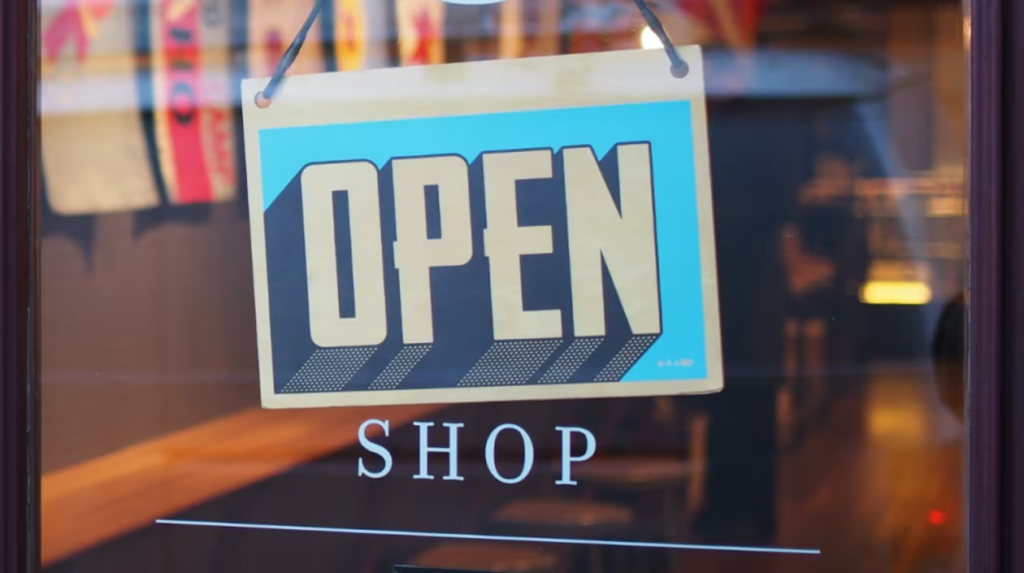Simply Speaking: Brands are born inside
A brand needs support and reinforcement from its own people first and foremost and committing to creating an environment that makes their people happy and engaged is the way to do it. [siteorigin_widget class=”SiteOrigin_Widget_Image_Widget”][/siteorigin_widget] Companies that leverage their brands to achieve phenomenal growth and market stature take their brands beyond marketing. (Representational image by Calvin Craig via Unsplash) “Everything has to flow out of the identity: image, behaviour, product innovation – and not least, the internal culture” -Adam Morgan Marketers are taught to bring to life the brand’s benefit. To focus on ‘what a brand does’, not ‘how a brand is made’. But consumers live busy lives and product-based differentiation is an advantage that flattens very quickly. The internal workings of a business – its culture, customs, activities, the working environment, people and even the tools it uses to create its products can have a large influence on brand identity and how it’s perceived by consumers. Therefore if channelled in the right way it can be used as a powerful form of marketing that leads to the creation of an honest brand. Moreover, nurturing external brand communications by reflecting internal workings pulls consumers in through a sense of honesty and authenticity. A manager at Pepsi is credited with having coined the term “Invertising”. It refers to onboarding employees to the brand mission. It is a competitive advantage to build and strengthen programs that make sure employees are aware of the brand promise and live it. But beyond just building exposure and excitement inside, brands need to be fully operationalised with employees. By operationalise, I mean that employees should understand clearly that what they do impacts the brand. Invertising is a large concept to build immersive brand engagement, alignment, and integration. To internalize, personalize, and process brand engagement, employees need to be engaged on three levels: heads, hearts, hands and feet. Great brands use company culture building to educate – to help employees understand what a brand is and why it’s important. They use it to define – to explain what the brand stands for and how it is differentiated. They leverage it to activate – to help people understand their own impact on brand perceptions and therefore clarify what is expected of them. Feeling good about the organization and having a positive outlook on its future are important. For employees to understand, embrace, and deliver the brand, they need to know its values in their heads, feel inspired by them in their hearts, and then put them into action with their hands and feet. To win their hearts — they must be inspired by positive emotions and feel pride and identification. By hands and feet I mean active effort and provision of resources and down the line empowerment to reinforce the brand appropriately Only when employees are full engaged with the brand will they align their behaviours and decision-making with it. Besides all levels of the workforce, other stakeholders must also be engaged and aligned. Brand stakeholders are people or groups that have an investment, share, or interest in the brand — e.g., business partners, agencies, investors/shareholders, etc. These people play a critical role in how the brand is experienced and delivered. Turning employees into engaged and valuable brand ambassadors who will tell the brand story on behalf of the brand is a critical brand program. Companies that leverage their brands to achieve phenomenal growth and market stature take their brands beyond marketing. They use their brand an operational tool to drive what their company delivers to its customers and how it does it. As such, their internally targeted brand efforts are focused on integrating the brand into everything everyone does and improve execution throughout their organization. Budgets and resources are well invested inside, when spent on internal communications, ways of working and cultural activities that reinforce the brand’s identity and values. This automatically has a significant effect outside the walls of the company. The strength of the culture means, in effect, the people in the company become influencers. Unique rituals and customs help bind the team together. A sense of group distinction is good for productivity and morale. But these activities bind the team to their common cause too. The strength of this culture means, in effect, the people in the company become the brand ambassadors and influencers, sharing unique stories of methods and rituals with those outside. This on the ground word of mouth can be an asset, particularly for a challenger brand. In the Alco Bev industry, there are powerful examples of cultivating an aura at every point of customer engagement and bringing the inside out to them. Investing to turn the traditional marketing model on its head and pulling people into their world rather than pushing messages out pays rich dividends. Guinness, at its brewery at Dublin, has a wonderful experience curated for adorers who flock to pour a pint and know all about the magical brand. Sipsmith, the independent spirits company that pioneered the craft gin movement in the UK have had the doors to the distillery open to the public since launching in 2010. The bulk of their marketing budget is spent on the distillery to offer tours and tastings.The beautiful copper stills, brilliantly named and personified Prudence, Patience and Constance are visited daily by visitors from all over the world who come to understand the gin-making process as well as sample gin cocktails at the Sipsmith bar . ‘Be human, and not a logo’ was how Oatly went about its business transforming from a dull food processing company into fearless challenger brand with a bigger purpose of shifting society towards a plant-based diet. The redirection touched every part of the business, from the vision, brand identity and design to the organizational structure, working practices and office environment. A brand needs support and reinforcement from its own people first and foremost and committing to creating an environment that makes their people happy and engaged is the way to do it. For employees to understand, embrace, and deliver the brand, they need to know its values in their heads, feel inspired by them in their










